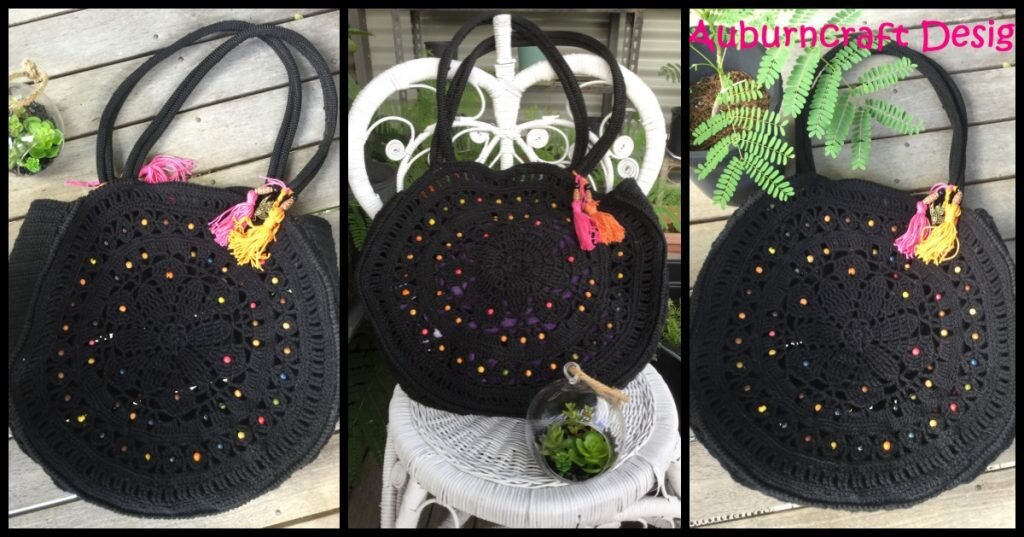What is Filet Crochet?
Basic Filet Crochet is crochet made up of blocks, usually using two different stitches. Double Crochet (USA terms) and Chains form these blocks. They can be constructed with a Double Crochet each side of one chain. Or they can have two chains between the Double Crochets.
Sneaky peak at my latest design Mosaic Filet Blanket. This uses basic block Filet Crochet.
Many filet patterns come in graph form only. The graphs are worked with odd rows from right to left and even rows from left to right.
The heading picture is of my most recent design 'Filet Mosaic Lap Blanket'. This uses one chain per block. This pattern is still in the design stage and will hopefully be in the testers hands in the next few weeks. This is 125 rows of pattern. This comes in written form and graph. Stay tuned for the upcoming pattern.
I do love a bit of Filet Crochet. Watching the pattern slowly appear is very satisfying. It can look fabulous if done in a neat manner, but getting those neat little blocks can be tricky. So if your Filet work is looking more like a Maze no one is ever going to get out of, below are some helpful little tips to keeping it neat.
Your initial starting chain needs to be the same tension your rows will be. If you feel you tend to work your chain a lot tighter, then go up a hook size. If you don't the beginning or bottom of your blanket with have a bow in it.
Keep your tension the same throughout so your stitches can form the blocks in a neat manner.
Keep your stitch height the same throughout. Tension and stitch height are not the same thing. If you have issues with stitch height, there are many helpful tutorials online.
It is very tempting to use that chain loop to crochet around instead of into. If you want your Filet to really pop, take the time to work any stitches that are placed as solid blocks into the chain (not around)
Ensure each Double Crochet sits squarely on top of the Double Crochet of the row below.
Chaining 3 at the begining of a row for that first stitch can look messy. A Standing Double Crochet (USA terms), Treble Crochet (UK terms) can add neatness to your edges.
Count your stitches each row and section. Finding out you have missed a stitch 10 rows back is no fun at all.
Think about your yarn choice. Some colours tend to show the Filet work better than others and fibre content can also make a difference. A flat yarn such as cotton will show more defined stitches.
Filet Crochet does not have to be just open and closed blocks. Once you get past the basics of Filet Crochet, you can step into slightly more advanced patterns such as adding blocks that span two normal sized blocks, with chains and Single crochet (USA terms). Below pictures showing a close up of this as an example.
An example of more advanced techniques that can be incorporated into Filet Crochet,

One of my designs yet to find its way to the testers. I decided that the original (that I made a number of years back) needed improving on. It now sits half done, waiting for me to finish it. It shows more advanced filet squares, nestled inside basic blocks.
You can also learn techniques to increase and decrease blocks. An example of this can be seen in the picture below. This is my 'Fishing for Luck' Shawl/Wrap, which is now in the capable hands of my testers. I will be publishing this pattern early to mid-September.
Fishing for Luck Shawl/Wrap showing increasing Filet Blocks
If you have not tried Filet Crochet, grab your hook and give it a go.
Below my Butterfly Diamond Filet Blanket This pattern is available on Love Crochet (click here), Ravelry (click here) and Etsy (click here).
Butterfly Diamonds Filet Blanket. This is an easy blanket and part of a series which includes, Butterfly Diamonds Blanket, Flower Diamonds Blanket and Dragonfly Diamonds Blanket.
Flower
Diamonds Filet Blanket. This is an easy blanket and part of a series which includes, Butterfly Diamonds Blanket, Flower Diamonds Blanket and Dragonfly Diamonds Blanket.
Above my Flower Diamond Filet Blanket This pattern is available on Love Crochet (click here), Ravelry (click here) and Etsy (click here).





































 Step 1. Cut the material into approx 2 inch squares.Step 2. Using your paintbrush, cover an area on the head ready to attach the material.Step 3. Place a square of material onto the Head.Step 4. Dip your brush into the water and damp the material slightly.Step 5. Add some more Modge Podge to cover the piece of material.Continue adding pieces of material till the head is covered. Allow to dry.Give the Head a Name!
Step 1. Cut the material into approx 2 inch squares.Step 2. Using your paintbrush, cover an area on the head ready to attach the material.Step 3. Place a square of material onto the Head.Step 4. Dip your brush into the water and damp the material slightly.Step 5. Add some more Modge Podge to cover the piece of material.Continue adding pieces of material till the head is covered. Allow to dry.Give the Head a Name!
